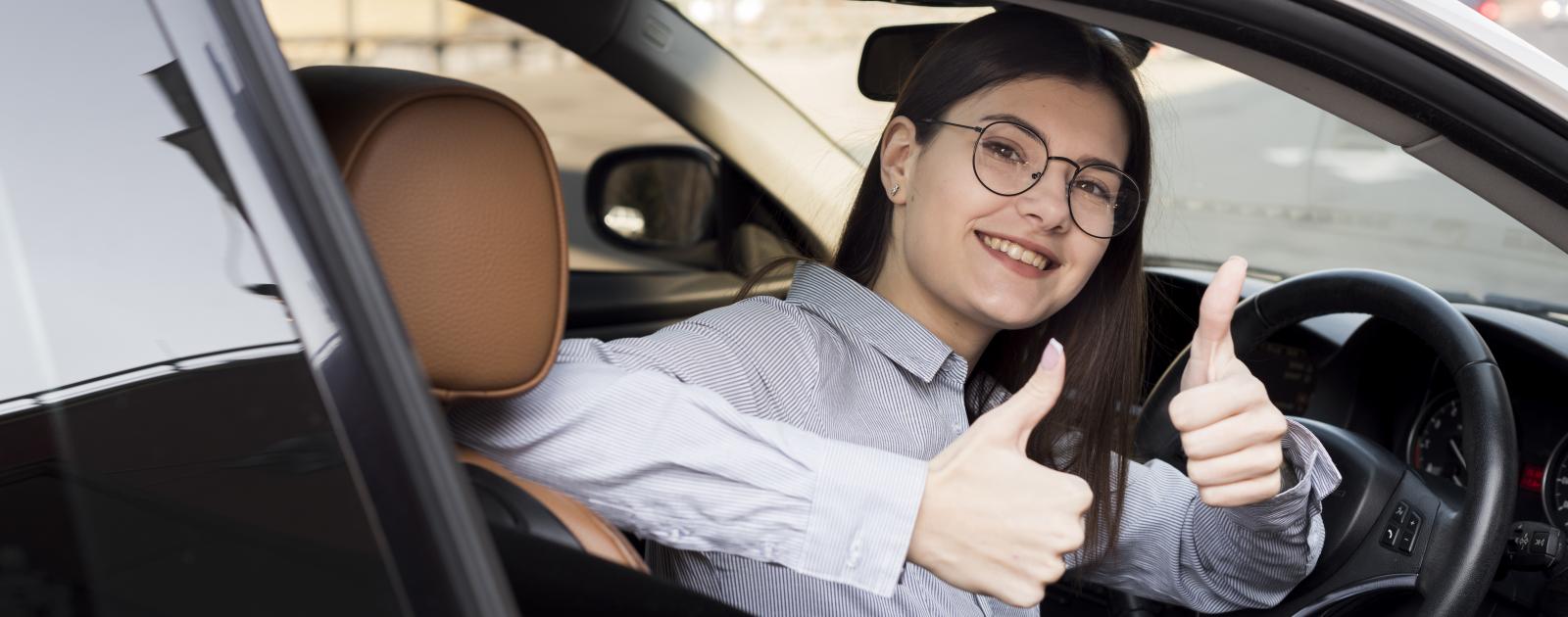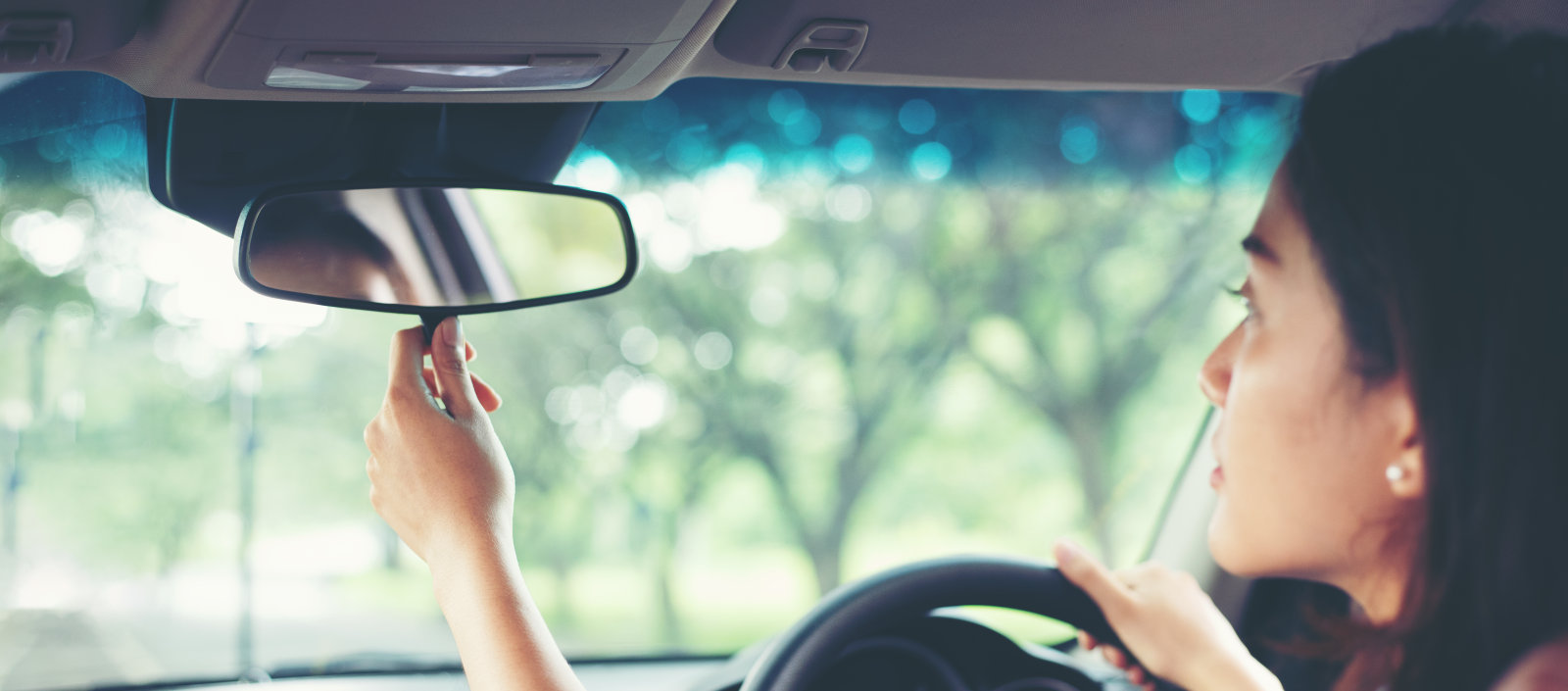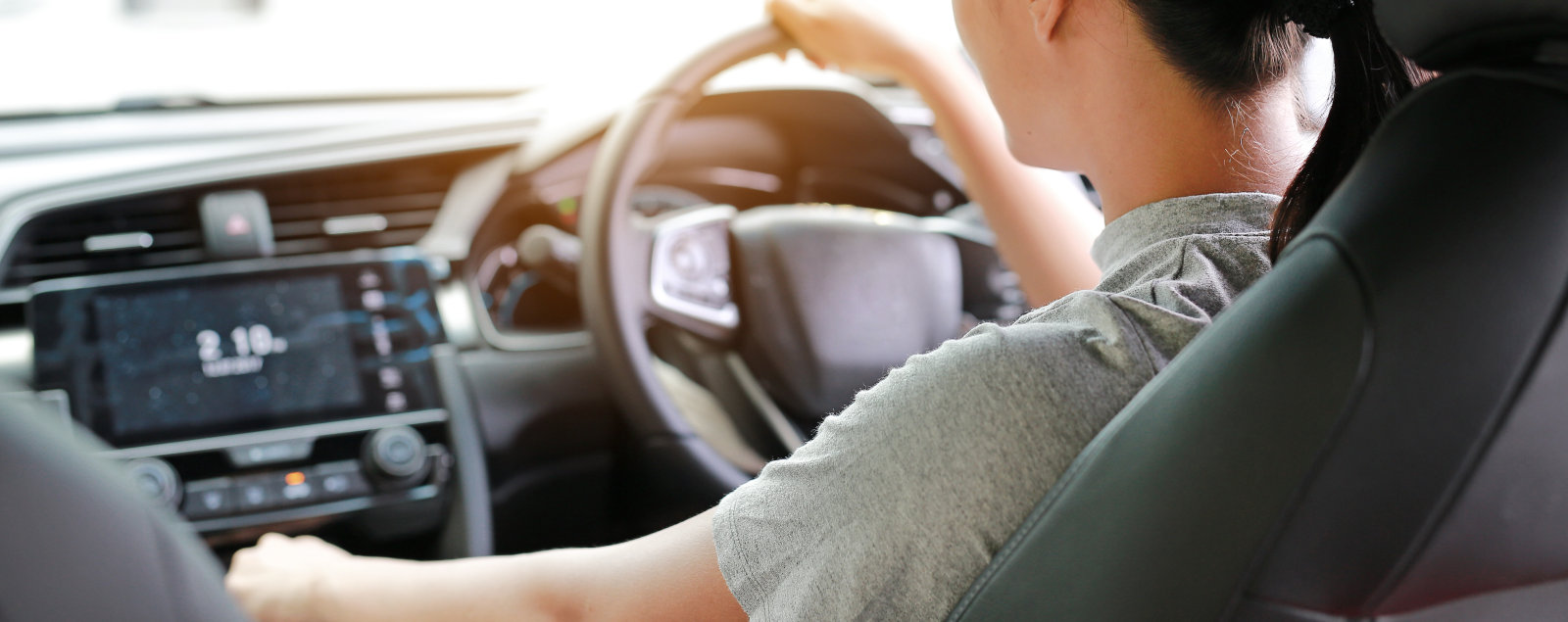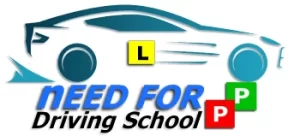Driving Tips for Victorian Drivers

Driving Tips Victoria
Basic road safety points to learn about whilst driving on Australian roads. As a Melbourne driving school we go into great depth in teaching our learners to be safe drivers at all times.
This is just a small list of common rules for everyone to adhere to.
If we all adhere to these road rules then all our driving will be safe for everyone on the roads. It is your responsibility as a driver to get acquainted with these road rules.
It is the responsibility of the driver to insure the safety of all the passengers in the vehicle.
Most accidents can be avoided if only drivers take small precautions to avoid hazards. That is why we educate our learners the importance of hazard perception.
Unfamiliar Intersections
It is important to be very careful at unfamiliar intersections as you can become confused and enter another lane or even drive into the wrong way. With up to a quarter of serious accidents occurring at metropolitan intersections, we would like to emphasise the dangers of turning right at intersections. There is a greater risk of an accident so be extra careful when turning right.
Back-end / Rear-end Accidents
Rear-end crashes are the most common type of crash for drivers of all ages. Why does it occur more than necessary? Simply put, drivers fail to leave a safe distance between vehicles when driving. Allow yourself some space between yourself and the vehicles in front, as this gives you time to overcome mistakes you or other drivers can make. This can be the difference between stopping safely in time or crashing.
We also recommend that you check your mirrors before braking. If the vehicle following you is too close, then allow plenty of time to brake, and don’t brake abruptly but brake slowly.
Keeping left on double lane roads
We drive on the left in Australia as compared to some other international countries. Visitors from countries that drive on the right side of the road need to be careful when driving and need to take additional care at intersections as you can be at higher risk of a crash when turning. This is one reason why all international drivers learn the road rules before driving on Australian roads.
Creeping Fatigue
It can be a long drive between most Australian cities so take plenty of rest breaks while driving.
Not many people plan to be safe. But we would like to say that you make sure to plan your driving holiday. Get plenty of sleep leading up to your trip. Avoid early starts if you are not normally an early riser. It is always best to maintain your normal sleep pattern when driving.
If you are sharing the drive, remember to plan to swap drivers every couple of hours or so. Fatigue can cause accidents so be sure to hand the drive over to another person in the car.
The first sign of feeling sleepy is your body’s warning to pull over, swap drive or nap. Tired people have poorer driving judgement.
Drive Distraction Free
Distractions cause accidents. If you use any device like a mobile phone, a smartwatch or a camera while driving or riding it can be distracting and thus increase your chances of having an accident. Using any device is an offence under Victorian rules.
Emergency Vehicles with lights
Slow down and give way to approaching and passing stationary or slow-moving police and emergency vehicles.
If you see an emergency vehicle ahead of you then you need to slow down to 40 Km/h.

Making Hook Turn in the CBD
If you are from interstate or overseas it is likely that a ‘hook turn’ is new to you.
At some intersections in Melbourne where trams operate, to turn right you must do a ‘hook turn’. These intersections are clearly marked, with signs hanging overhead or on the side of the road.
If turning right at an intersection with traffic lights and a ‘Right Turn from Left Only’ hook turn sign, you must make a hook turn so as not to delay trams.
To make a hook turn you must:
- Approach and enter the intersection from the left lane and indicate that you are turning right.
- Moving forward to the far left side of the intersection.
- Keep clear of the pedestrian crossings.
- Remain stopped until the traffic lights on the road you are turning into have changed to green, then turn right.
Driving with Trams
There are several rules related to trams and cars, make sure you know these for the safety of all concerned:
- You may only overtake a tram on the left.
- Do not drive past the rear of a stopped tram at a tram stop (where there is no safety zone, dividing strip or traffic island).
- You must stop level with the rear of the tram and wait for people to get on and off.
- You must wait for the tram doors to be closed before proceeding.
- If the tram doors are open and the road is clear of pedestrians then you may only drive past if directed to do so by a uniformed tram employee and provided that you drive at 10 km/h or less.
- If you are already passing when the tram stops, you must give way to pedestrians on the road between the tram and the far left side of the road.
- You must drive to the left of a safety zone, and slowly enough to be able to stop and avoid pedestrians.
Tram Lanes Only
Usually, there are signs that show tram only lanes. You will find an image of tram at such lanes. No other vehicle other than trams and emergency vehicles are allowed to traverse these lanes.
Tram lanes are designated by a tram lane sign (which may indicate hours of operation) and a continuous yellow line. You must not drive in a tram lane during the times it is operational, except for up to 50 metres before turning, so long as they do not obstruct the progress of a tram.

Melbourne bicycle lanes
As Australians become more eco-aware there are more bike riders than ever. Bicycle lanes are indicated by a bicycle lane sign and a continuous or broken white line. You must not drive in a bicycle lane during the times it is operational, except for up to 50 metres before turning or when parking.
Making Safe U-turns
In Victoria, U-turns are permitted at intersections with signals unless there is a ‘no U-turn’ sign. So don’t assume the vehicle making a right turn is not going to make a U-turn.
Seat belts are for Your Safety
Every person in a vehicle must wear a seat belt if there is one fitted and available for use in that vehicle. It is the responsibility of the driver to ensure that all passengers wear a seat belt or are appropriately restrained. Any infringement will be issued to the driver.
Cars can travel very fast, very quickly, so buckle up as soon as you sit down.
Child restraints
For improved safety of your children, children under 7 years of age must wear a child restraint or booster seat when travelling in a car.
The type of restraint will depend on the age of the child as follows:
- Children aged under 6 months must wear an approved, properly fastened and adjusted, rear facing child restraint.
- Children aged between 6 months and under 4 years must wear an approved, properly fastened and adjusted, rear facing child restraint or a forward facing child restraint with an in-built harness.
- Children aged between 4 years and under 7 must wear an approved, properly fastened and adjusted, forward facing child restraint with an in-built harness or an approved booster seat that is properly positioned and fastened.
Driving School Suburbs Serviced
- Attwood
- Airport West
- Broadmeadows
- Campbellfield
- Coburg
- Coolaroo
- Craigieburn
- Dallas
- Epping
- Essendon
- Fawkner
- Gladstone Park
- Glenroy
- Gowanbrae
- Greenvale
- Hadfield
- Jacana
- Keilor
- Keilor Park
- Lalor
- Meadow Heights
- Mickleham
- Mill Park
- Moreland
- Oak Park
- Pascoe Vale
- Preston
- Reservoir
- RoxBurgh Park
- Somerton
- South Morang
- Strathmore
- Thomastown
- Tullamarine
- West Meadows
- Yuroke
